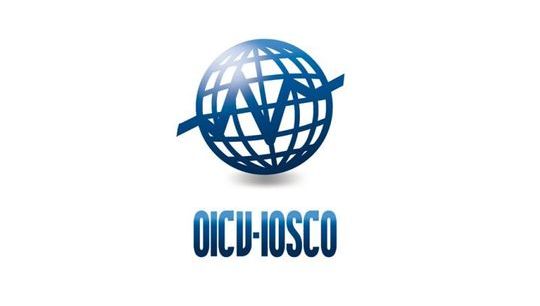AIMA Global Investor Board Highlights
Published: 14 November 2022
GP/LP Strategic Relationships
- Strategic relationships often span across organizations, beyond one specific investment department.
- LPs can benefit from: advantaged deal flow, co-investments, research, model building, data, expanded network, job shadowing for junior staff, knowledge sharing and more.
- GPs can benefit from: PR opportunities, consistent and dependable fees, seed capital for new funds, cross-functional servicing across organization, consulting on ESG & more.
- LPs may have only 5-7 strategic relationships, sometimes preferred with small to mid-sized managers where they can make a true difference as a partner.
- But, some LPs feel their negotiation power has dwindled in a hot market, and managing with discipline exits, conflicts and allocation size vs. capacity is important.
The Denominator Effect & Asset Allocation
- Recent lags in private market valuations vs. public markets have created an overweight in private market allocations for many LPs.
- This is called the Denominator Effect, which occurs when the value of one portion of a portfolio decreases drastically, pulling down the value of the overall portfolio. Segments which did not decrease in value then represent a larger percentage of the overall portfolio construction pie. Weakened currencies can also compound the issue.
- Changes to the strategic asset allocation mix often require board or stakeholder approval. If no changes are made, action may need to be taken to reduce private market allocations relative to public markets, perhaps by selling private market investments in the secondary market (potentially at an unfortunate discount), using tactical asset allocation or employing leverage to increase public market exposures, which is not typically preferred.
- Given the current market backdrop, allocators expect the next two vintage years of private market investments to be amongst the strongest in years, though manager fundraising may be impacted by the current LP overweight.
ESG: No One-Size-Fits-All Approach
- Geography, culture, politics, regulation, philosophical attitudes and stakeholders all play a role in determining ESG priorities for LPs, especially where climate and fossil fuel commitments are concerned.
- LPs are at different stages of ESG journey themselves: Many are still determining their own policies across asset classes with risk management and return opportunities in mind.
- LP expectations differ for managers by firm and by strategy: There is no need to be all things to all people, but intentionality matters. LPs want honest assessments of where a manager is at in the process, at the firm or fund level depending on asset class, strategy and time horizon.
- Searches: A manager won’t necessarily be removed from a search if they don’t have ESG integrated, though they may review those with ESG first.
- Due diligence and data reporting are valued: Due diligence templates, carbon footprint documentation, signatory commitments and other disclosure or data reporting are important.
- As LPs move towards greater climate awareness and net zero, there will be enhanced emphasis on understanding managers' climate risk exposure and their approach to this.
Alignment of Interests
- High Watermarks (HWM): The standard HWM is the most used mechanism, though some expressed a preference for a modified version of this arrangement to help spread out any fund losses incurred by the fund over a longer term.
- Optimising Returns: Despite the American distribution waterfall being the most used, there was a preference for the European distribution waterfall, which can be hard to negotiate if the former is already included in the LP agreement, especially by US managers.
- Paying for Performance: Anything that is providing a direct service to the fund tends to be charged as an expense, with 25-50bps most cited as a typical cap level for operating expenses passed through to the fund, though it is heavily dependent on the fund’s underlying strategy. Service provider costs, fund expenses and organisational costs are generally accepted for passing through while costs for placement agents and alternative data less so.
- Marketing Materials: Managers are encouraged to report gross and net performance in marketing materials, including a transparent breakdown of any expenses passed through to the fund and an expense ratio.
Leadership in Investor Relations
- Think about LP relationships as strategic partnerships, even where a formal agreement may not exist
- Demonstrate how the portfolio may behave in various markets, with detail on what the strategy is actually doing
- Demonstrate how the fund may be similar or different to competitor funds
- During any periods of difficulty, support the LP conversation actively
- Align fund liquidity and frequency of fee compounding
- Publish research extensively, as LPs appreciate this and few will be able to replicate
- Lean into conversations regarding ESG and D&I constructively
- Report gross and net performance in marketing materials, including a transparent breakdown of any expenses passed through to the fund and an expense ratio.
AIMA's Global Investor Board represents 15+ leading allocators. Read their insights here.







